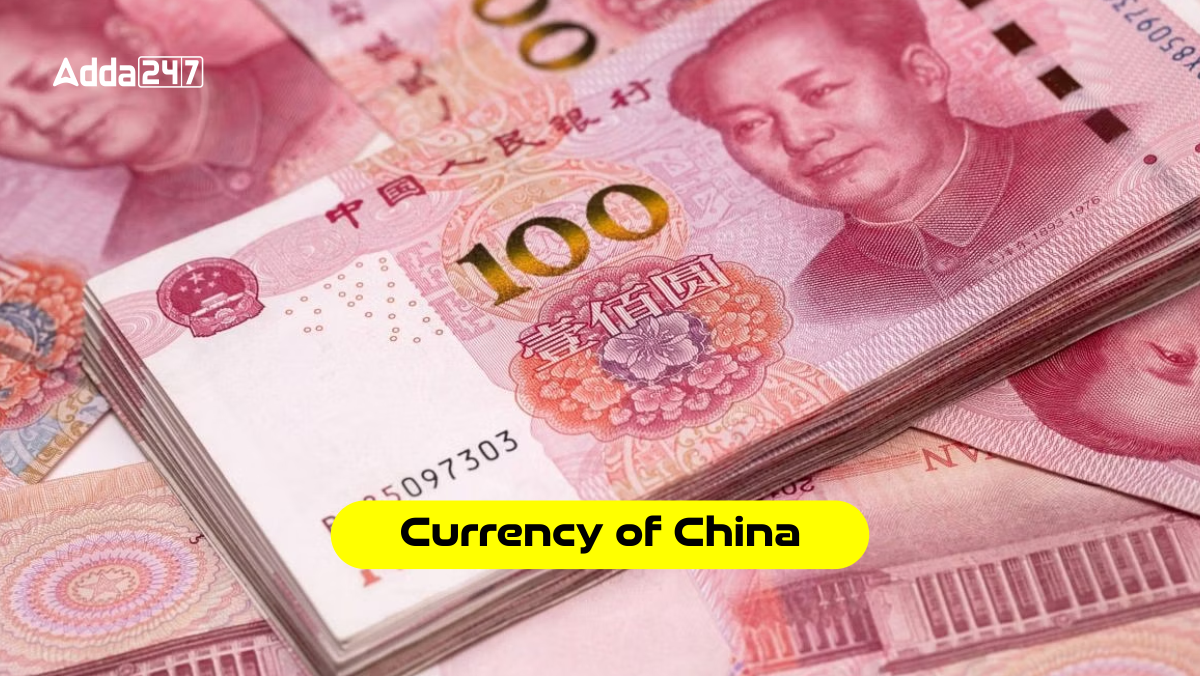The Chinese Yuan Renminbi (CNY), serving as China’s official currency, plays a crucial role in the nation’s economic and financial dynamics. Possessing a deep historical background and wielding substantial influence globally, the Yuan holds a distinctive status in international trade and finance. This piece will delve into the Chinese Yuan Renminbi, discussing its historical evolution, various denominations, patterns of usage and the far-reaching impact it extends beyond the borders of China.
Historical Background of Currency of China
The history of the Chinese Yuan Renminbi is deeply intertwined with China’s economic and political journey. Some key milestones in the currency’s history include:
- Introduction of the Yuan: The Yuan was first introduced in the early 20th century during the Republic of China era. It has undergone significant changes and reforms since then.
- Communist Takeover: After the Communist Party of China came to power in 1949, the government implemented currency reforms to stabilize the economy. The People’s Bank of China (PBOC) was established as the central bank responsible for issuing and regulating the currency.
- The Reform and Opening-up Policy: In 1978, under the leadership of Deng Xiaoping, China initiated a series of economic reforms. These reforms led to a more market-oriented economy and paved the way for the internationalization of the Yuan.
- Internationalization: In recent years, the Chinese government has made significant efforts to internationalize the Yuan. This includes allowing its use in international trade and investment, as well the issuance of offshore Yuan bonds.
Denominations and Symbols of Currency of China
The Chinese Yuan Renminbi is divided into several denominations and it has specific symbols associated with it:
- Unit: The primary unit is the “Yuan,” often abbreviated as CNY. It is further divided into two smaller units:
Jiao: One Yuan is equal to ten jiao.
Fen: One jiao is equal to ten fen.
- Symbol: The symbol for the Chinese Yuan Renminbi is ¥, which is widely recognized around the world.
Role of the People’s Bank of China
The People’s Bank of China (PBOC) serves as the central bank responsible for issuing and regulating the Chinese Yuan Renminbi. The PBOC plays a crucial role in managing the country’s monetary policy, maintaining the stability of the currency and ensuring financial security.
International Impact of Currency of China
The Chinese Yuan Renminbi is not limited to China’s borders. It has been increasingly used in international trade and finance and it is considered one of the world’s major reserve currencies. China’s growing economic influence has led to the Yuan’s inclusion in global financial markets and it is now used for settling international transactions.
Find More General Studies News Here





 Which City is known as the City of Bambo...
Which City is known as the City of Bambo...
 Who was the First Prime Minister of Indi...
Who was the First Prime Minister of Indi...







